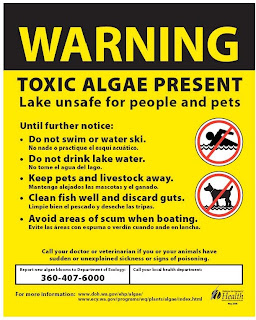
This advisory is no long in place.
A marine biotoxin that causes diarrhetic shellfish poison (DSP) has been found at unsafe levels in shellfish at Budd Inlet in Thurston County.
Washington State Department of Health and Thurston County Public Health have closed all of Budd Inlet to recreational shellfish harvesting. The closure includes lower Budd Inlet (where shellfish harvesting is never advised) and extends all the way out to Boston Harbor and the tip of Cooper Point.
Warning signs have been posted at public beaches alerting people not to collect shellfish.
What you should know about DSP:
- DSP biotoxins are produced by naturally occurring algae. They can build up in the flesh of molluscan shellfish, such as clams, mussels, oysters and geoducks and make shellfish unsafe to eat.
- DSP biotoxins are not destroyed by cooking or freezing.
- Symptoms can begin 30 minutes to 12 hours after eating contaminated shellfish. Diarrhea is the most commonly reported symptom but the toxin can also cause nausea, vomiting, and abdominal pain. Most symptoms subside within 72 hours.
- Shellfish harvested commercially (available in stores and restaurants) are tested for toxins prior to distribution, and are safe to eat.
DSP biotoxin is a new health concern for waters in Washington State. The first confirmed cases of illness caused by DSP in Washington State were in July 2011, when three people got sick after eating shellfish harvested in Sequim Bay in Clallam County.
This Budd Inlet closure is the first DSP closure to occur in South Puget Sound waters.
Recreational shellfish harvesters should always call the Washington State Department of Health Biotoxin Hotline at 1-800-562-5632 or check the DOH website at www.doh.wa.gov/shellfishsafety.htm before harvesting shellfish anywhere in Washington.




